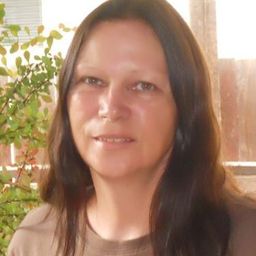
is the first dissertation framed in Indigenous Method and Theory in Anthropology within the United States. In 2011 and 2012 she worked with the Denver Museum of Nature and Science to carry out studies in the Great Plains on mammoth sites which contained evidence of human technology on the mammoth bone, thus showing that human were present in Nebraska over 18,000 years ago. Dr. Steeves created a data base of published Pleistocene Sites, a sample of sites in the data base can be accessed on line at http://americanpaleolithic.weebly.com/ Dr. Steeves also has experience in osteology, cell science, genetics, NAGPRA, archaeology, paleontology, cultural resource management, and Native American and Indigenous studies. Dr. Steeves has taught Anthropology courses with a focus on Native American and First Nations histories and studies, and decolonization of academia and knowledge production at Binghamton University, Selkirk College Fort Peck Community College and is currently a lecturer in Indigenous Archaeology at the University of Massachusetts at Amherst.
Elementy, w których Paulette Steeves uczestniczy
sobota 4 czerwiec, 2016
Elementy, w których Paulette Steeves attends
piątek 3 czerwiec, 2016
Welcome addresses and cocktail, followed by the Concordia Signature Event "The Garden of the Grey Nuns". As the opening ceremony and cocktail take place in the former Grey Nuns' Motherhouse, recycled into campus residence and reading rooms by Concordia University, delegates will also have the possibility to discover the video Three Grey Nuns (3 minutes, by Ron Rudin and Phil Lichti. Three Grey Nuns recount their memories of communal life in the Grey Nun’s Motherhouse. Built...